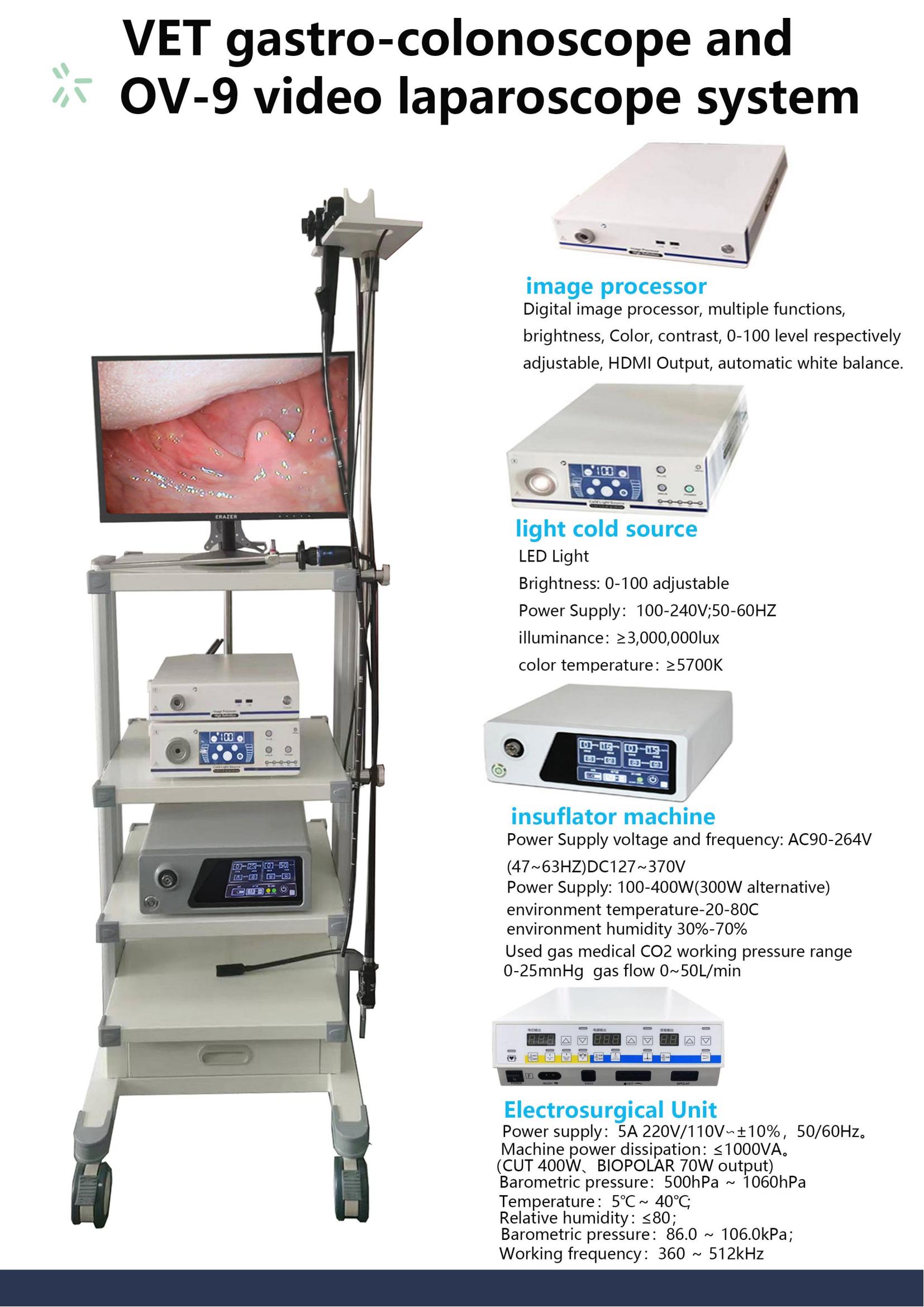 An endoscopy is an important medical procedure that allows doctors to examine what’s going on inside a patient’s body for diagnosis and treatment. An endoscope is a flexible tube with a light and camera that is inserted into the body to capture images of internal organs. The clarity and precision of these images are critical for accurate diagnosis and treatment. This is where imaging systems play a vital role in ensuring the effectiveness of endoscopic procedures.
An endoscopy is an important medical procedure that allows doctors to examine what’s going on inside a patient’s body for diagnosis and treatment. An endoscope is a flexible tube with a light and camera that is inserted into the body to capture images of internal organs. The clarity and precision of these images are critical for accurate diagnosis and treatment. This is where imaging systems play a vital role in ensuring the effectiveness of endoscopic procedures.
The imaging system of an endoscope is responsible for capturing high-quality images of internal organs and tissues. The clarity and accuracy of these images are critical for detecting abnormalities such as tumors, ulcers, inflammation and other conditions. Without high-quality imaging systems, the effectiveness of endoscopic procedures is compromised, leading to potential misdiagnosis and undertreatment.
The importance of imaging system clarity for endoscopy cannot be overstated. Clear and precise imaging systems allow doctors to accurately visualize the body’s internal structures, allowing them to confidently identify and locate abnormalities. This is particularly important during procedures such as colonoscopy, gastroscopy, and bronchoscopy, where detection of small lesions or abnormalities is crucial for early diagnosis and intervention.
Furthermore, endoscopic imaging systems play a crucial role in guiding therapeutic intervention during endoscopic procedures. For example, in endoscopic surgery, imaging systems provide real-time visualization of the surgical site, allowing doctors to perform precise and targeted interventions. Without clear and reliable imaging systems, the safety and effectiveness of endoscopic procedures will be compromised, leading to potential complications and suboptimal outcomes.
In addition to diagnostic and therapeutic purposes, endoscopes’ imaging systems also play a vital role in patient monitoring and follow-up. High-quality images captured during endoscopic surgery can serve as a valuable reference for monitoring disease progression, assessing treatment efficacy, and evaluating the healing process. Therefore, the clarity and precision of imaging systems are critical to ensuring comprehensive, accurate patient care.
Technological advances have significantly improved endoscopic imaging systems, resulting in increased clarity, resolution, and functionality. Modern endoscopic imaging systems utilize high-definition cameras, advanced optics, and image processing technology to provide superior image quality and visualization. These technological advances have revolutionized the field of endoscopy, allowing doctors to perform more accurate and efficient procedures.
In summary, the importance of imaging system clarity for endoscopy cannot be overstated. High-quality imaging systems are critical for accurate diagnosis, precise intervention, and comprehensive patient care during endoscopic procedures. As technology continues to advance, endoscopes’ imaging systems will continue to evolve, further enhancing their capabilities and improving patient outcomes. It is critical for healthcare providers to prioritize the quality and reliability of endoscopic imaging systems to ensure the highest standard of care for patients.
Post time: Mar-15-2024

